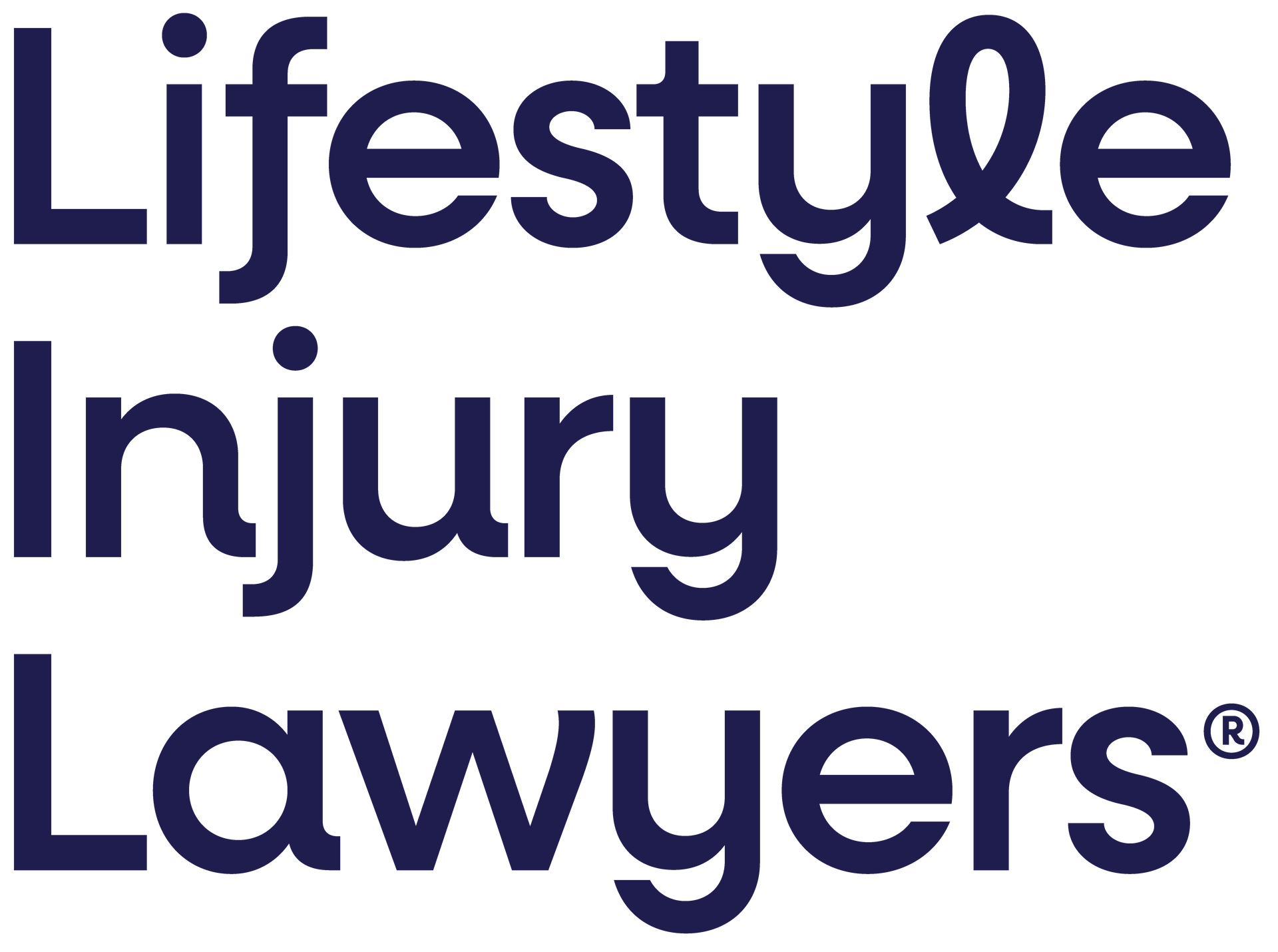Following a motor vehicle accident, victims frequently face physical injuries, emotional distress, and financial challenges. Thus, the Compulsory Third Party (CTP) insurance exists to provide a safety net for those injured on the road. However, many individuals hesitate to pursue a CTP claim, fearing it might financially impact the at-fault driver. This article will cover the CTP claim process in Queensland and how lodging this claim against an at-fault driver will affect them.
If you’ve been injured on the road, consult with our experienced Gold Coast Personal Injury Lawyers for a free, no-obligation consultation today.
However, before considering the financial implications for at-fault drivers, it’s crucial to understand what CTP insurance is and how it operates.
What is CTP Insurance?
Compulsory Third Party (CTP) insurance is a mandatory form of coverage for all registered vehicles in Queensland, governed by the Motor Accident Insurance Act 1994. As the name suggests, you cannot register a vehicle without a CTP insurance, which is designed to provide compensation for personal injuries caused by motor vehicles.
In Queensland, the Motor Accident Insurance Commission (MAIC) regulates CTP insurance. According to MAIC, the primary purpose of CTP insurance is to cover your liability for personal injury caused to others in a motor vehicle accident.
Specifically, CTP insurance responds to claims for personal injuries arising out of:
- The driving of a motor vehicle
- A crash with a motor vehicle or any attempt to avoid one
- A vehicle running out of control
- A defect in a motor vehicle causing loss of control while it’s being driven
It’s important to note that CTP insurance is distinct from third-party property insurance. The CTP insurer may differ from the other driver’s insurer for third-party property damage.
Who does CTP Insurance Cover?
CTP insurance covers a wide range of individuals who might be injured in a motor vehicle accident. This includes:
- Drivers
- Passengers
- Pedestrians
- Cyclists
- Motorcyclists
Nonetheless, it must be noted that CTP insurance covers personal injury claims, not property damage. The insurance applies regardless of where the accident occurs in Australia.
The CTP Claim Process in Queensland
Understanding the CTP claim process is essential for both the claimant and the at-fault driver. Let’s break down the steps involved:
Report the Accident
In Queensland, you must report any accident that results in injury, death, or property damage exceeding $2,500.
Seek Medical Attention
It’s crucial to seek medical attention immediately after an accident, even if injuries seem minor. Some injuries may not be immediately apparent, and having a medical record is essential for your claim.
Identify the At-Fault Vehicle’s CTP Insurer
This information can be obtained from the police report or by contacting the MAIC. In Queensland, there are three currently licensed CTP insurers:
- AAI Limited (trading as Suncorp Insurance)
- Allianz Australia Insurance Limited
- QBE Insurance (Australia) Limited
Identifying the correct insurer is important. Otherwise, lodging a claim with the incorrect CTP insurer can lead to significant issues.
Lodge a Notice of Accident Claim Form
To start a CTP claim, you need to fill out and submit a Notice of Accident Claim Form to the CTP insurer of the driver at fault. This form should be submitted within nine months of the accident or within one month of engaging a lawyer, whichever is earlier. Outside of this timeframe, a reasonable excuse for delay will need to accompany the claim form.
The Notice of Accident Claim form is a sworn declaration, and there are serious consequences for providing misleading or false statements. It’s highly advisable to seek legal advice before swearing and submitting this form.
You may lodge claims either through the Motor Accident Insurance Commission’s CTP claim portal or by directly contacting the relevant insurer. However, given the complexities involved, it’s wise to consult with an experienced Motor Accident Lawyer, such as ours before submitting your claim.
Insurer’s Assessment and Liability Response
Once the claim is lodged, the CTP insurer will assess the claim to determine liability. They might ask for more information or further medical evaluations during this process. Within six months, the insurer will provide a Liability Response.
Rehabilitation and Treatment
Throughout the claims process, you can continue to receive necessary treatment for your injuries. If liability is admitted, the insurer is required to fund reasonable and appropriate rehabilitation expenses.
Gathering Information and Medical Examinations
Both parties will gather information and documents from third parties about the nature and extent of the injuries. Independent medical examinations may be arranged to assess the injuries and their ongoing impact.
Compulsory Conference
The pre-court phase concludes with a Compulsory Conference, where the insurer, the injured party, and their legal representatives gather to negotiate and exchange settlement offers with the goal of resolving the claim amicably.
Resolution or Court Proceedings
Most claims are settled out of court. However, if the claim doesn’t settle at the Compulsory Conference, the injured person may start court proceedings.
Financial Implications for the At-Fault Driver
Now, let’s address the central question: Will pursuing a CTP claim financially affect the at-fault driver?
Direct Financial Impact
The short answer is that in most cases, pursuing a CTP claim against an at-fault driver will not directly affect them financially. Here’s why:
- Insurance Coverage: The whole purpose of CTP insurance is to cover the financial liability of drivers who cause accidents. When you make a claim, you’re claiming against the insurance policy, not the individual’s personal assets.
- No Out-of-Pocket Expenses: Unlike some other types of insurance, CTP claims typically don’t require the at-fault driver to pay an excess or deductible. The insurance company handles the entire claim payment.
- Legal Protection: The CTP insurance provides legal protection to the at-fault driver. The insurer will handle all aspects of the claim, including legal representation if necessary.
Indirect Financial Implications
While there’s no direct financial burden on the at-fault driver, there can be some indirect financial implications:
- Other Insurance Policies: A history of at-fault accidents may affect the driver’s ability to obtain other types of insurance or may lead to higher premiums for policies like comprehensive car insurance. However, this would likely be affected whether a person pursues a CTP claim or not.
- Demerit Points: Depending on the nature of the accident, the at-fault driver may receive demerit points on their license. Accumulating too many points can lead to license suspension, which could indirectly affect their financial situation if it impacts their ability to work.
How Lifestyle Injury Lawyers Can Help
Given the complexities of the CTP claim process, it is crucial you seek legal advice from experienced Motor Accident Lawyers, such as ours. We will help you in:
- Meeting Time Limits: There are strict time limits that apply to CTP claims. Missing these deadlines could bar you from bringing a claim.
- Claim Preparation: We will properly prepare your case to ensure you claim for all possible damages.
- Navigating the Process: Legal representation guides you through the process from start to finish, ensuring all necessary steps are taken.
- Rehabilitation Services: We will ensure all reasonable and necessary rehabilitation services are provided throughout your claim.
- Settlement Negotiations: Given that settlements are “once and for all,” having expert legal advice can help ensure you receive fair compensation.
Conclusion
Pursuing a CTP claim against an at-fault driver in Queensland is not something that will impact their personal finances. The CTP insurance system is designed to protect both injured individuals and at-fault drivers, ensuring that compensation is provided without causing financial hardship to the driver.
If you’ve been injured in a motor vehicle accident, don’t let concerns about the financial impact on the at-fault driver deter you from seeking the compensation you deserve. Talk to our experienced Motor Accident Lawyers today for a free consultation.

